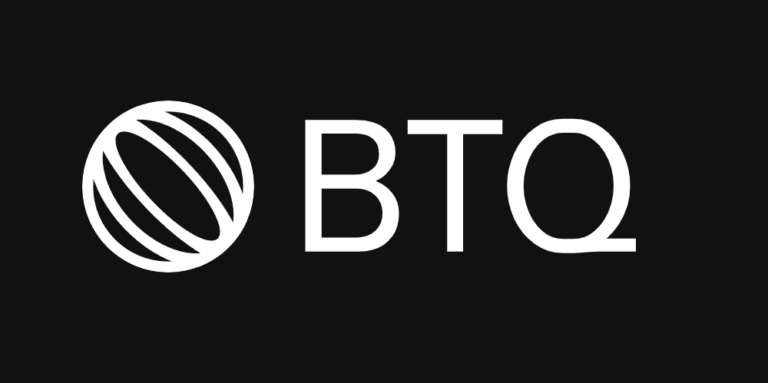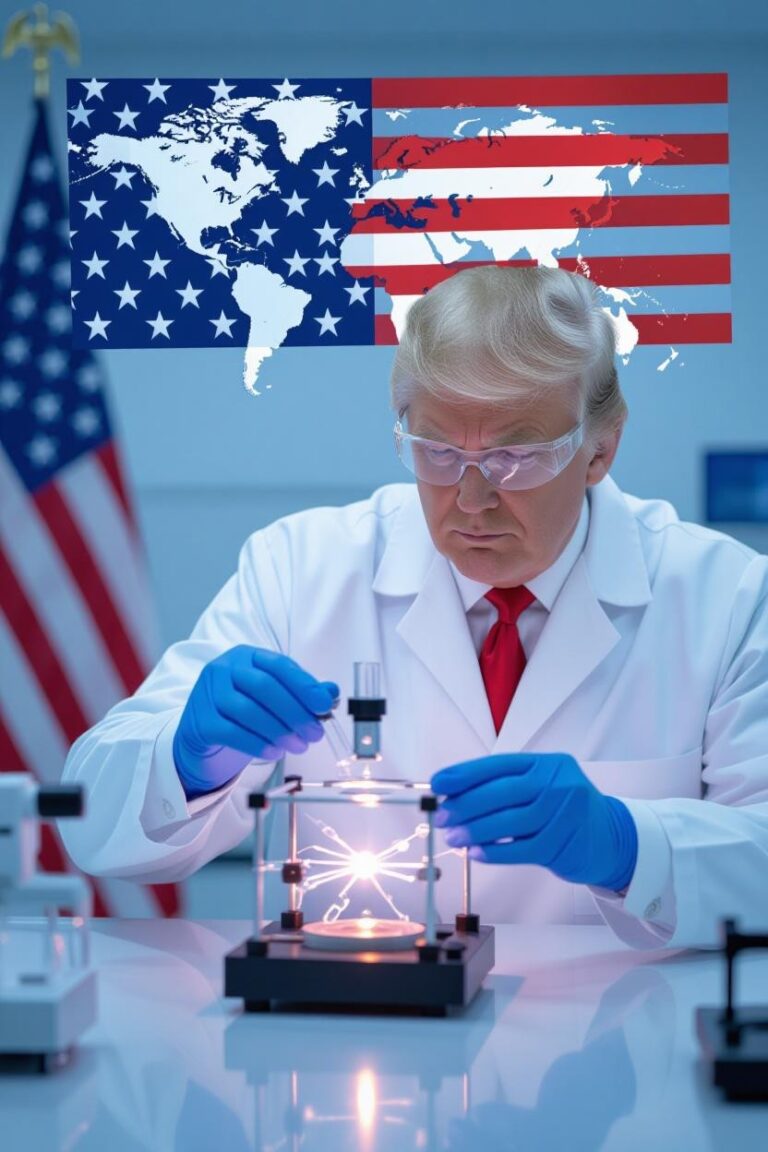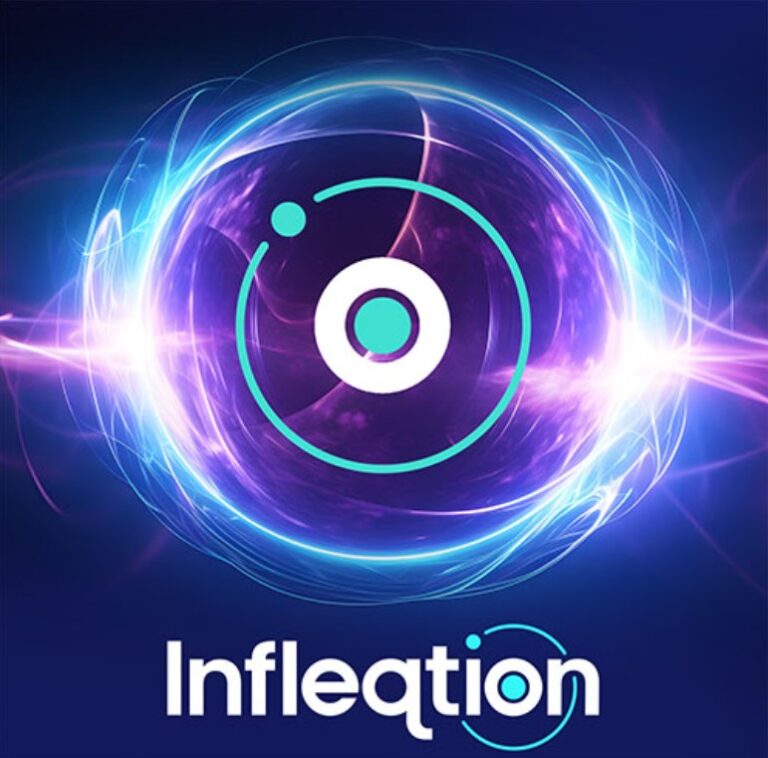One of the most fundamental features of quantum physics is Bell nonlocality: the fact that the predictions of quantum mechanics cannot be explained by any local (classical) theory. This has remarkable conceptual consequences and far-reaching applications in quantum information. However, in our everyday experience, macroscopic objects seem to behave according to the rules of classical physics, and the correlations we see are local. Is this really the case, or can we challenge this view? In a recent paper in Physical Review Letters, scientists from the University of Vienna and the Institute of Quantum Optics and Quantum Information (IQOQI) of the Austrian Academy of Sciences have shown that it is possible to fully preserve the mathematical structure of quantum theory in the macroscopic limit. This could lead to observations of quantum nonlocality at the macroscopic scale.





